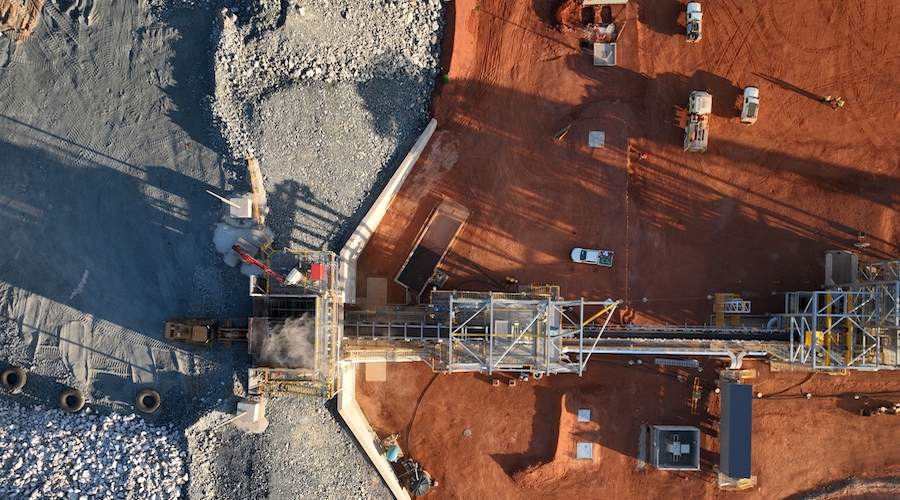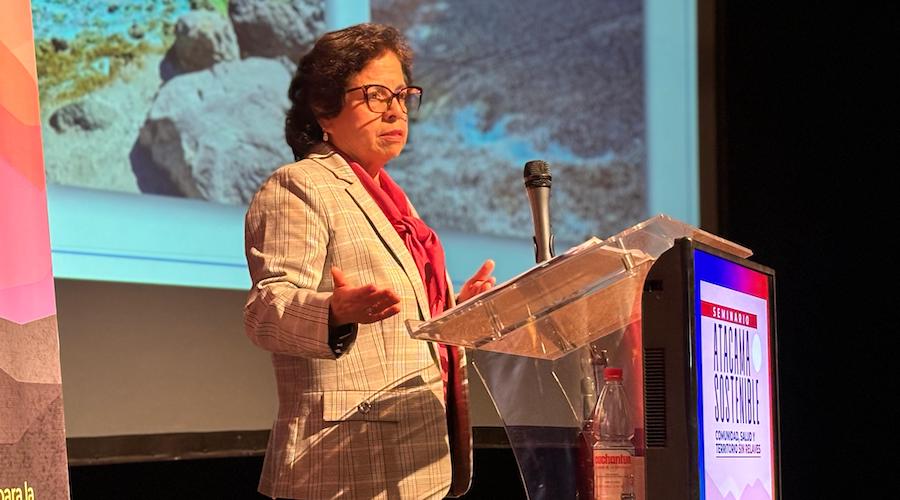China’s coal support continues with $31bn finance promise

China continues to set itself apart from global peers when it comes to coal, allocating more than $31 billion (200 billion yuan) in financing at a time when most global banks are shunning the fuel.
The country’s central bank will use its relending program to provide loans to national banks to finance so-called clean coal projects at preferential rates, according to a statement posted on a government website detailing a State Council meeting chaired by Premier Li Keqiang.
The meeting came days after China helped lead a last-second effort at the COP26 climate summit to weaken language on a global coal phase-out. The loans would support cleaner methods of using the fuel, such as smart mining and more efficient power plants, according to the statement published Wednesday.
“We have to live with the fact that China can’t get rid of coal in the near future, so it is crucial to fund new technology to make it less polluting,” Lin Boqiang, director at the China Center for Energy Economics Research at Xiamen University, said by phone. “Firms with better solutions to either improve coal quality or cut emissions should be given such preferential loans.”
Financial support for the sector is coming at a time when most major international lenders have pledged to stop funding coal mines or coal-fired power projects, both because of environmental pressure and concerns that declining demand may leave them with stranded assets.
The coal program comes about a week after the People’s Bank of China said it would offer cheap loans to banks financing clean energy projects, offering 60% of the required funds at a 1.75% interest rate. There was no cap on the size of the program, and Goldman Sachs Group forecast it will provide 1.2 trillion yuan in loans.
More frequent use of relending facilities shows policymakers are turning more toward targeted small steps to support the economy, instead of broad policy actions. “The adoption of more targeted easing tools reduces the need for broad-based easing,” said Liu Peiqian, China economist at Natwest Markets. “Benchmark interest rates will likely remain unchanged while credit impulse may rebound mildly in this easing cycle.”
China, which mines and burns more than half the world’s coal supply, plans to peak consumption of the fuel by 2025, though expects the material to be part of its energy mix for decades as it targets carbon neutrality by 2060.
“These financial measures might make coal use cleaner in China, but reducing reliance on coal would require further work,” said Li Shuo, senior global policy advisor of Greenpeace. “COP26 sent a strong signal to reduce coal consumption. Countries need to make that a domestic reality.”
(With assistance from Luz Ding and Lin Zhu)
More News
US stocks surge most in 5 years as Trump delays some tariffs
The S&P 500 Index surged more than 7% in afternoon trading.
April 09, 2025 | 11:14 am
Liontown kicks off production at Australia’s first underground lithium mine
Miner said the successful start of underground production stoping from the Mt Mann orebody is a "key milestone".
April 09, 2025 | 10:52 am
Chile mining minister expects short-term copper demand to slow due to tariffs
The country would hope for a competitive advantage at the low-end of tariff range, Mining Minister Aurora Williams said.
April 09, 2025 | 09:40 am
{{ commodity.name }}
{{ post.title }}
{{ post.excerpt }}
{{ post.date }}




Comments